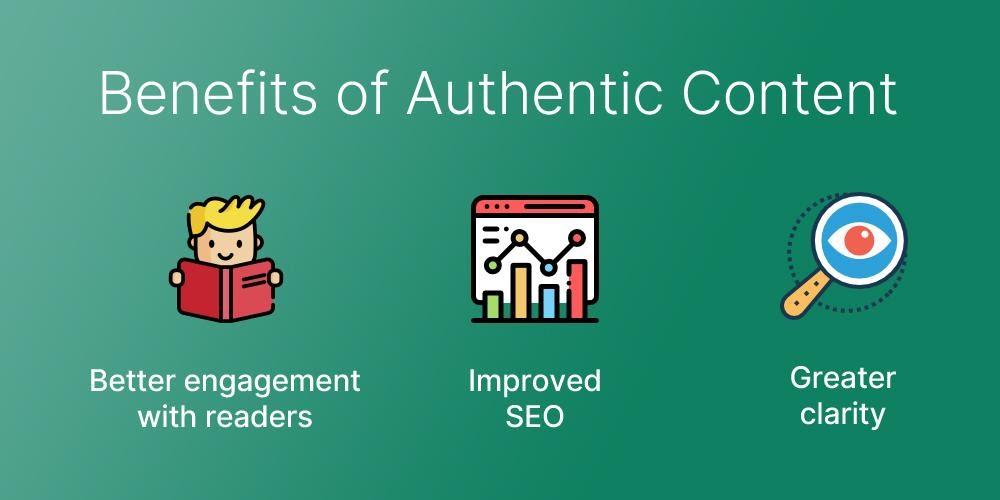
In a world where social media reigns supreme, the power of influencer marketing has reshaped the way brands connect with their audiences. Yet, amidst the glitter and glitz of sponsored posts and viral trends, there lies a crucial element often overlooked: demographics. Understanding the nuances of audience composition—age, gender, location, interests, and behaviors—is the cornerstone of effective influencer strategies. As brands strive to navigate this ever-evolving landscape, dissecting demographics becomes not just beneficial, but essential for crafting campaigns that resonate deeply and authentically. In this article,we delve into the intricate relationship between demographics and influencer marketing success,unveiling the insights that can transform your approach and elevate your brand to new heights. Join us as we explore how the right demographic insights can turn fleeting trends into lasting connections.
Understanding Target Audiences to Drive engagement
Grasping the essence of your target audience is essential for elevating engagement rates in influencer marketing. This process begins with demographic analysis, which provides insights into the age, gender, location, interests, and purchasing habits of your audience. Understanding these critical elements allows marketers to tailor their campaigns,ensuring they resonate with the individuals most likely to engage with their brand. By segmenting your audience into unique categories, you can then create personalized content that speaks directly to their preferences, making your message more relatable and impactful.
As a notable example, consider the following key demographic insights that can shape an influencer marketing strategy:
| Demographic | Influencer Type | Engagement Strategy |
|---|---|---|
| 18-24 years | Micro-influencers | Authentic storytelling on social media platforms |
| 25-34 years | Mid-tier influencers | Educational content and product tutorials |
| 35 years and older | Macro influencers | Long-form content and testimonials |
By harnessing the power of these insights and aligning your influencer partnerships accordingly, you can create campaign strategies that not only boost visibility but also foster genuine connections with your audience. Remember,the goal is to speak their language,cater to their needs,and ultimately drive engagement that results in conversion.Creating a foundation built on understanding demographics lays the groundwork for success in the ever-evolving landscape of influencer marketing.

Analyzing Audience behavior for Effective Campaigns
Understanding the intricacies of audience behavior is vital for crafting campaigns that resonate. When we delve into demographics, we unlock the potential to tailor our messaging and strategies. Key factors to consider include:
- Age: Different age groups respond to varying themes and platforms.
- Location: regional trends can considerably influence purchasing decisions.
- Interests: Pinpointing hobbies and preferences allows for more personalized content.
Once these elements are identified, influencers can create content that genuinely engages their audience, fostering stronger connections and enhancing campaign effectiveness.
Moreover, segmenting your audience based on this analysis can lead to innovative marketing strategies. By using data-driven insights, brands can refine their approach and achieve remarkable results.Consider the potential impacts of various demographics on influencer campaigns:
| Demographic Group | Influencer Type | Preferred Platforms |
|---|---|---|
| Millennials | Micro-influencers | Instagram, TikTok |
| Gen Z | Content Creators | TikTok, YouTube |
| Baby Boomers | Industry Experts | Facebook, linkedin |
This tailored approach not only amplifies the reach of campaigns but also cultivates authenticity, ensuring brands resonate with their target market on deeper levels.

Leveraging Data Insights for Strategic Partnerships
Understanding your audience’s demographics is crucial when forging strategic partnerships in influencer marketing. By analyzing data insights, brands can identify which influencers resonate most with their target market.This ensures that collaborations are authentic and effective, maximizing reach and engagement. Key factors to consider in demographic analysis include:
- Age Range: Identifying the age brackets your products appeal to helps narrow down influencers who engage with similar audiences.
- Gender: Understanding the gender composition of your target audience can guide the selection of influencers who align with your brand’s identity.
- Location: Geographical data allows for region-specific campaigns, enabling influencers to connect with consumers in relevant localities.
- Interests and Hobbies: Knowing what your audience enjoys can help target influencers who naturally incorporate these themes into their content.
Once you’ve gathered these insights, it’s essential to compare potential influencers based on their audience’s demographics. A simple matrix can help visualize this data and streamline the selection process:
| Influencer | Age Range | Gender Ratio | Location |
|---|---|---|---|
| Influencer A | 18-24 | 50% Female | USA |
| Influencer B | 25-34 | 60% Male | UK |
| Influencer C | 35-44 | 55% Female | Canada |
By strategically leveraging these insights, brands can work with influencers whose audience demographics align closely with their own, ultimately enhancing the effectiveness of marketing campaigns through more targeted messaging.

Crafting Authentic Content that Resonates with Demographics
To successfully engage your audience, creating content that reflects their interests and values is essential.Understanding your target demographics allows you to tailor your messages to resonate deeply, enhancing authenticity. Consider the following elements when crafting content:
- Age Group: Younger audiences may prefer trending slang and visuals, while older demographics might appreciate a more classic approach.
- Interests and Hobbies: Knowing what your audience indulges in can help you create relatable narratives.
- Geographic Location: localized content can show awareness of cultural nuances, making it more appealing.
Utilizing tools like personas can further guide your content creation, establishing a clearer direction for your campaigns. By categorizing your audience based on factors like demographics, behavior, and motivations, you can develop strategies that speak directly to them. The following table outlines potential content themes aligned with different demographic segments:
| Demographic Segment | Content Theme |
|---|---|
| Gen Z | Trendy Challenges and TikTok Innovations |
| Millennials | Authentic Experiences and Sustainability |
| Gen X | Nostalgia and Practical Advice |
| Baby Boomers | Health and Retirement Planning |
Insights and Conclusions
understanding demographics is not just an added bonus in the realm of influencer marketing—it is the cornerstone upon which successful campaigns are built. By delving into the intricacies of age,gender,location,and preferences,brands can craft messages that resonate deeply with their target audiences,creating a symbiotic relationship that benefits both influencers and marketers alike. As the digital landscape continues to evolve, the ability to adapt and refine strategies based on demographic insights will separate the successful campaigns from the rest.
As we look ahead, remember that the true power of influencer marketing lies not solely in the influencer’s reach, but in the connection they can facilitate between brands and their diverse audiences. By embracing this nuanced understanding of demographics, marketers can unveil the potential that lies within each targeted group, paving the way for innovative, impactful collaborations that foster genuine engagement and lasting loyalty. The world of influencer marketing is vast, but those who take the time to understand its demographic intricacies are the ones who will truly shine in this dynamic arena.